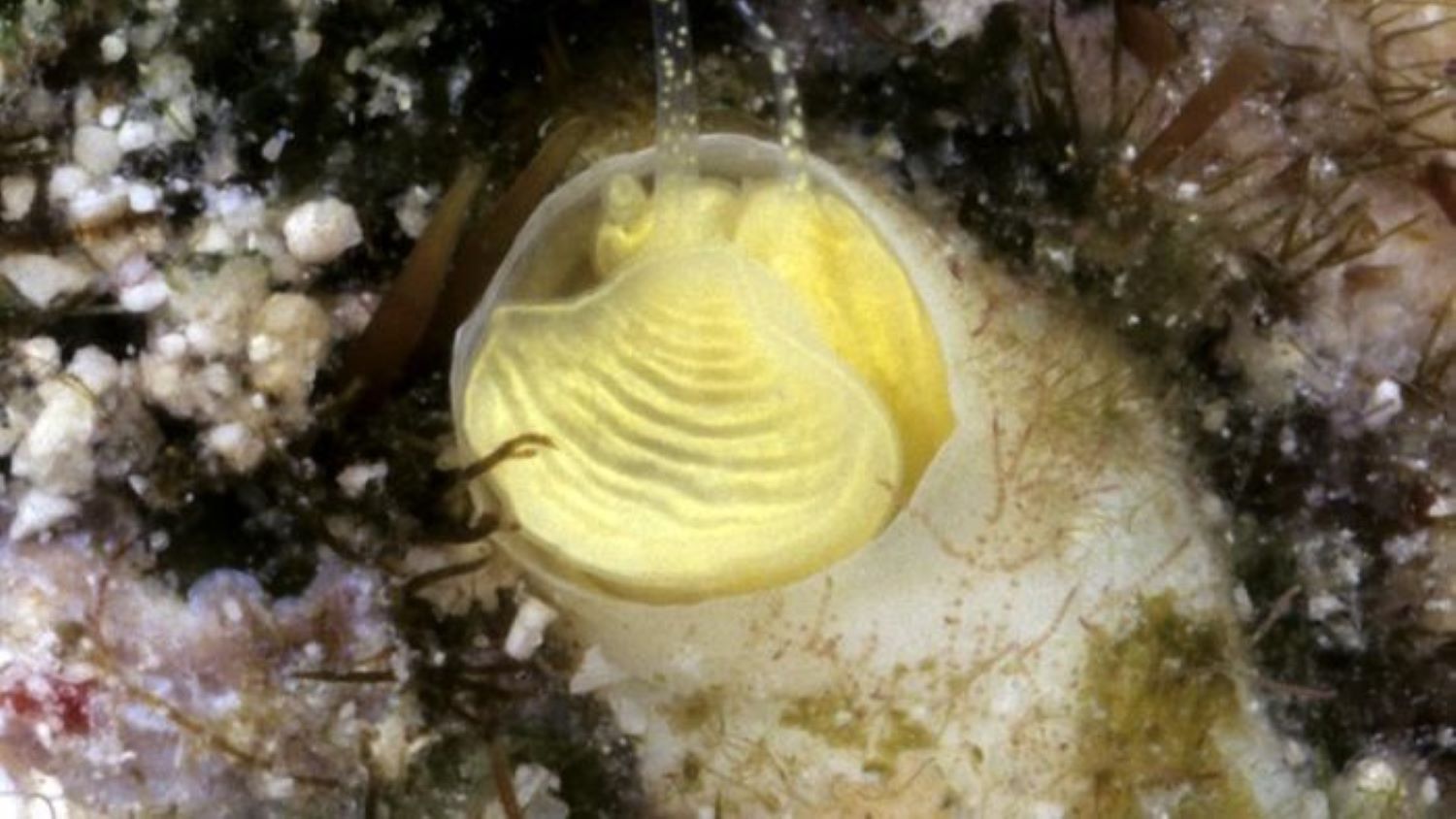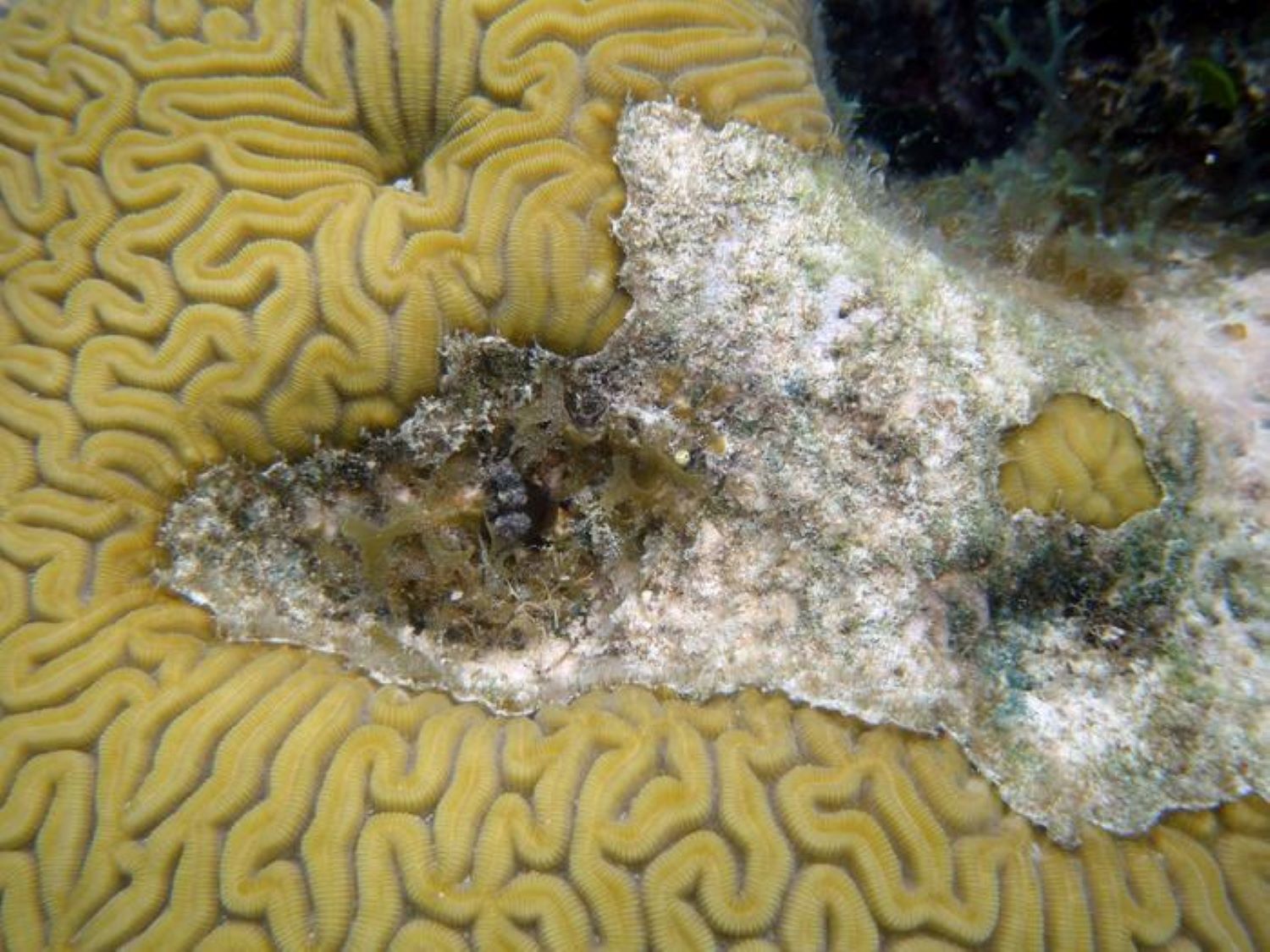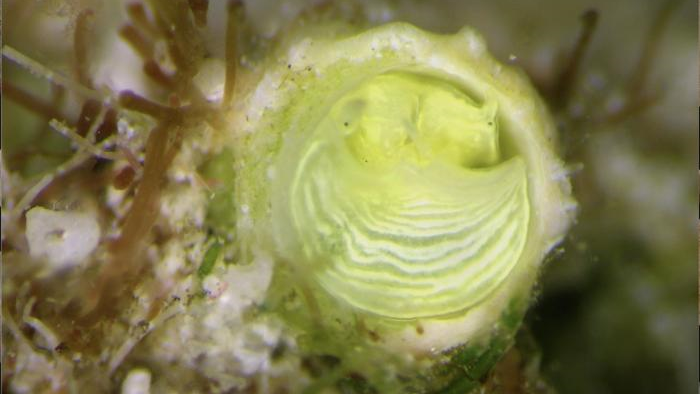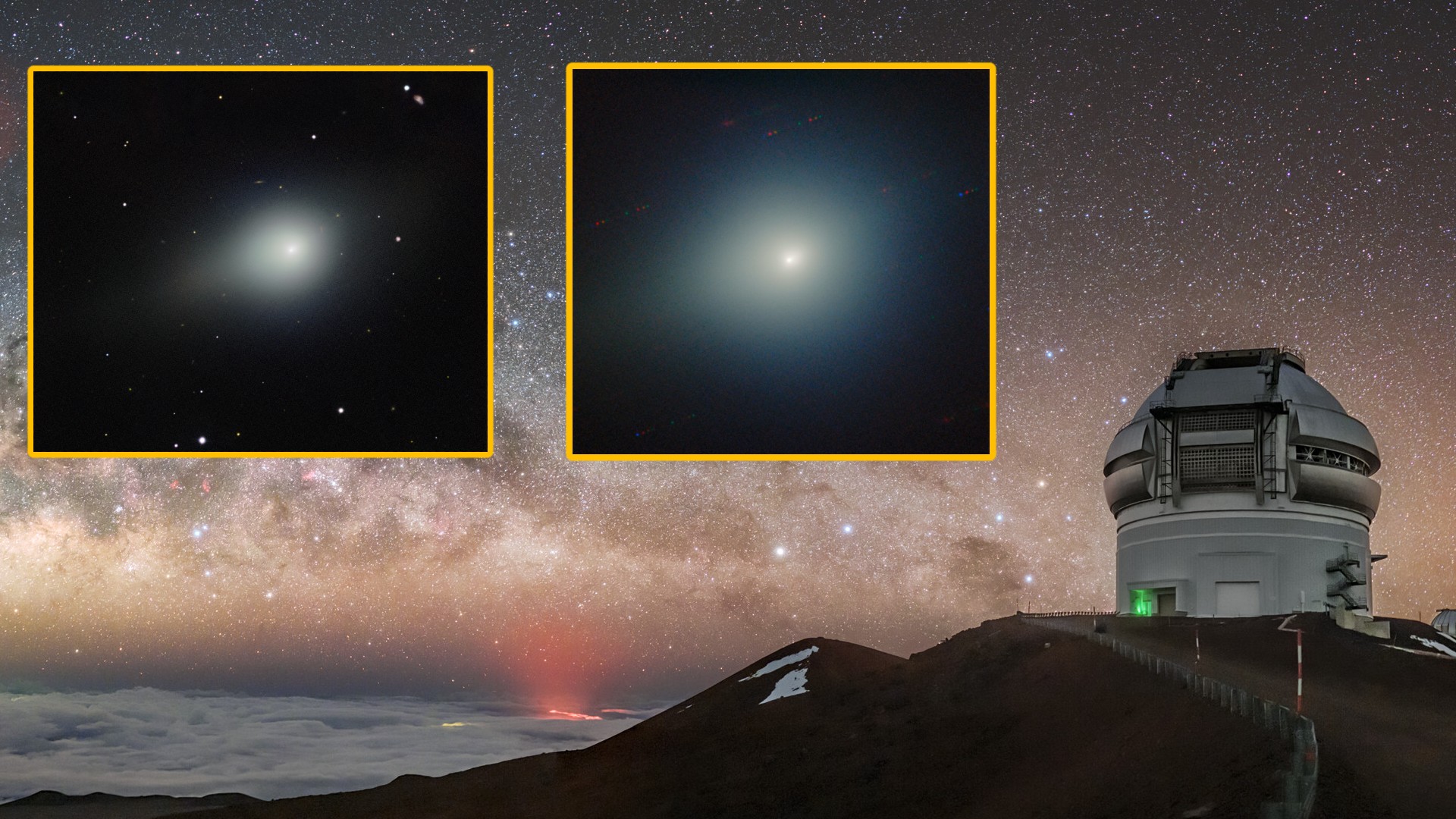Bright yellow sea snail named 'margarita' in honor of late musician Jimmy Buffett
The margarita sea snail, which shoots out a toxic mucus web to catch prey, was discovered on a coral reef in the Florida Keys and was named after Buffett, who died on Sept. 1.
Researchers have discovered a new species of bright-yellow "margarita" snail hiding in plain sight on a coral reef in the Florida Keys. The tiny invertebrate, which lacks a traditional snail shell, can shoot out toxic mucus webs.
The newfound species, named Cayo margarita as an homage to the late Jimmy Buffett, was discovered on Florida's Coral Reef, the only barrier reef system in the United States. The vibrant hue of the snail and its close proximity to the Florida coastline inspired researchers to name the snail after "Margaritaville," the song by Buffett, who died on Sept. 1.
The genus, Cayo, translates to "low island" and describes how the snails' circular bodies appear on the reef.
C. margarita grows to around 0.4 inches (1 centimeter) and uses its toxic mucus webs to catch plankton, algae and detritus. These snails spend their entire lives anchored to the same spot of the reef and rely on ocean currents to waft food past their mucus webs.
The researchers described the newfound snail species in a study published Oct. 9 in the journal PeerJ, along with a closely related lime-green snail, named Cayo galbinus, that was recently discovered by the same researchers on coral reefs in Belize.
Related: 10 bizarre deep sea creatures found in 2022
The two species belong to the family Vermetidae, also known as the worm snails, because they do not use their shells to protect their soft bodies. Instead, their modified shells act as a tether that holds them to the reef.
Get the world’s most fascinating discoveries delivered straight to your inbox.
"They are related to regular free-living snails, but when the juveniles find a suitable spot to live, they hunker down, cement their shell to the substrate, and never move again," study lead author Rüdiger Bieler, curator of invertebrates at the Field Museum in Chicago, said in a statement. It is interesting to see two related animals use the same body part for something completely different, he added.
The new species are closely related to the Spider-Man snail, Thylacodes vandyensis, which was discovered in the Florida Keys by Bieler and his team in 2017. As its name suggests, T. vandyensis also shoots out chemically enriched mucus webs.
The researchers think the toxic Cayo snails' bright colors are a warning to other animals to "deter the neighbors from getting too close," Bieler said. This would explain how they are able to live out in the open without any protective shell, he added.
Related: 13 of the most venomous sea creatures lurking in the water
Researchers initially thought the two newfound snails could be related sub-species that had altered their colors based on their location. But this turned out not to be the case.
"Initially, when I saw the lime-green one and the lemon-yellow one, I figured they were the same species," Bieler said. "But when we sequenced their DNA, they were very different."
C. margarita and C. galbinus could be some of the few marine creatures that may thrive as a result of climate change. The snails prefer permanently anchoring themselves to dead corals, which will become increasingly common as ocean temperatures rise and corals bleach themselves. However, dead reefs could mean there is less food available to them.
The discovery of C. margarita is a reminder that there are lots of undescribed species hiding in plain sight.
They live in a frequently visited reef, and even then "we had to look very closely" to see them, Bieler said. "It's another indication that right under our noses, we have undescribed species."

Harry is a U.K.-based senior staff writer at Live Science. He studied marine biology at the University of Exeter before training to become a journalist. He covers a wide range of topics including space exploration, planetary science, space weather, climate change, animal behavior and paleontology. His recent work on the solar maximum won "best space submission" at the 2024 Aerospace Media Awards and was shortlisted in the "top scoop" category at the NCTJ Awards for Excellence in 2023. He also writes Live Science's weekly Earth from space series.





